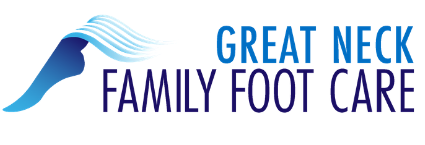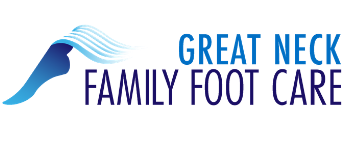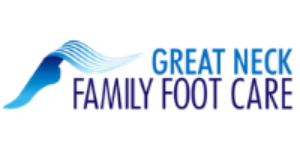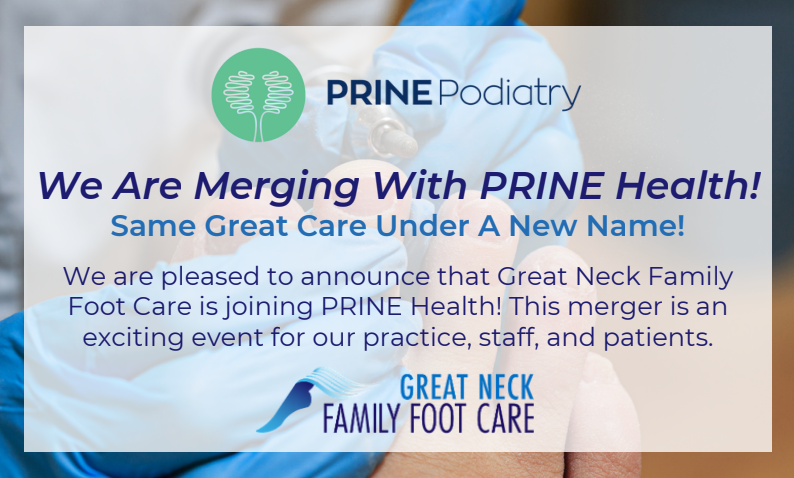25 Nov Let’s Talk About Pain & Wound Debridement
It’s possible that when you hear a physician recommend wound debridement that one or more automatic responses occur: your stomach falls into your shoes, you inwardly recoil with an image of lying on a medical bed, biting on a stick, or you break out in a cold sweat and say, “Surely, doctor, there’s an alternative.” Yes, wound debridement has a nasty reputation. In the past, wound pain has often been poorly managed because it was misunderstood. So let’s talk about wound pain and debridement.
What Is Involved
When the brain responds to disease or injury that has caused damage to the human body, it draws a person’s attention to the problem with unpleasant sensations. Pain is a red flag, an SOS, a scream of, “Hey! Look at this! Something is not right here.” In that sense, pain is not a bad thing. But with chronic pain, over time, stress begins to draw emotional and psychological factors into the picture. These elements can change a person’s perception of pain. It can seem more intense as feelings of anxiety or depression affect pain tolerance levels. Emotional distress coupled with the physical pain may also begin to cause sleep disturbances. Not getting enough sleep has its own baggage of health complications. This just exacerbates wound pain. So let’s understand wound pain better.
Inflammatory Response
When a wound has high levels of bacteria it has become infected. The body increases production of white blood cells. They release enzymes and free radicals who attack the unwelcome microorganisms. This raging battle causes tissue damage which stimulates peripheral pain receptors. Wound pain is a sign that your immune system is hard at work. That’s a good thing, unless…
The area around the wound becomes swollen and tender. This could be a sign that white blood cells are losing the battle and infection has spread. That is when it’s time to call in a precision strike from outside reinforcements, wound debridement by your physician.
Procedure Options
The good news in wound debridement is that modern medicine uses appropriate anesthetics during debridement. No need to bite on sticks. No two wounds are alike which is why there are different procedures for wound debridement, some of which include:
- Enzymatic: Enzymes, usually in an ointment form, are applied to the dead tissue. The necrotic tissue sloughs off. Precision is required to prevent the enzymes from making contact with healthy tissue.
- Surgical: Large wounds may require the skill of a surgeon who can visibly discern between dead tissue that should be removed and healthy tissue that should not be disturbed.
- Sharp: This is a common treatment for people with wounds small enough to not require surgical debridement. Physicians use a sharp instrument to precisely excise necrotic tissue. Dressings are applied to protect the wound and promote healing.
Managing The Pain During Treatment
Pain assessment may be an ongoing part of wound treatment for those experiencing chronic wounds or for a person with a wound that will require a lengthy healing process. To aid your physician in providing you with better pain management treatment, develop the skills to communicate information about your pain:
- What is your pain intensity? You can use a scale of one to ten, for example, ranging from tolerable to so excruciating you may faint.
- Pinpoint the location of pain and indicate any direction it may radiate.
- Describe any pattern as to when onset of pain begins, how long it lasts, and how frequently you experience it.
- Report anything that seems to trigger your pain.
- Inform your physician of any self-treatment you perform that provides relief.
- Share any physical, emotional or psychological side effects of your pain such as: waking from sleep, insomnia, depression, increased blood pressure, afraid to move, unable to concentrate and remain focused.
- If you are responsible for applying new dressings at home as part of ongoing treatment, explain if you have become apprehensive, anticipating pain, and are consequently not doing it as frequently as prescribed.
Don’t Suffer In Silence
There is no reason to feel stigmatized by your pain and feel you must stoically soldier on, enduring pain as a natural part of the treatment and healing process. Medicine has advanced far beyond the days of the Wild West. No need to bite on a stick and tough it out. Share your concerns with your physician about your pain and how it is affecting your quality of life. And for more information on managing chronic wounds, please contact our wound care specialists.
Dr. Alec Hochstein | GREAT NECK FAMILY FOOT CARE.





Sorry, the comment form is closed at this time.